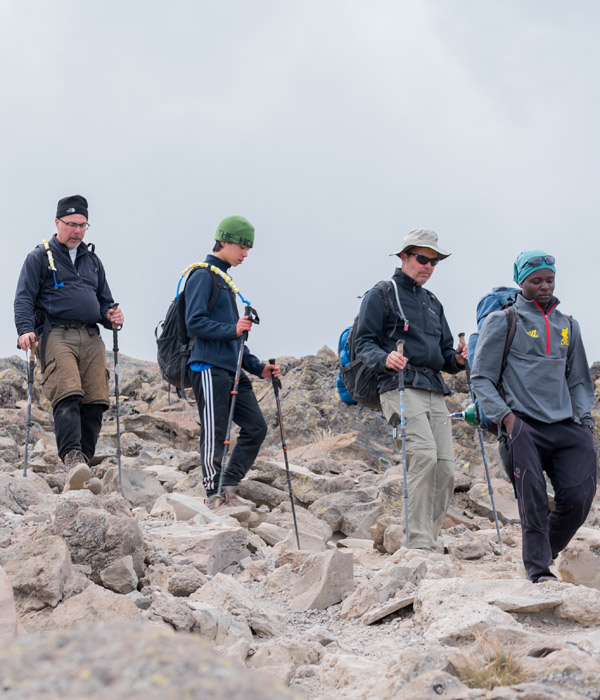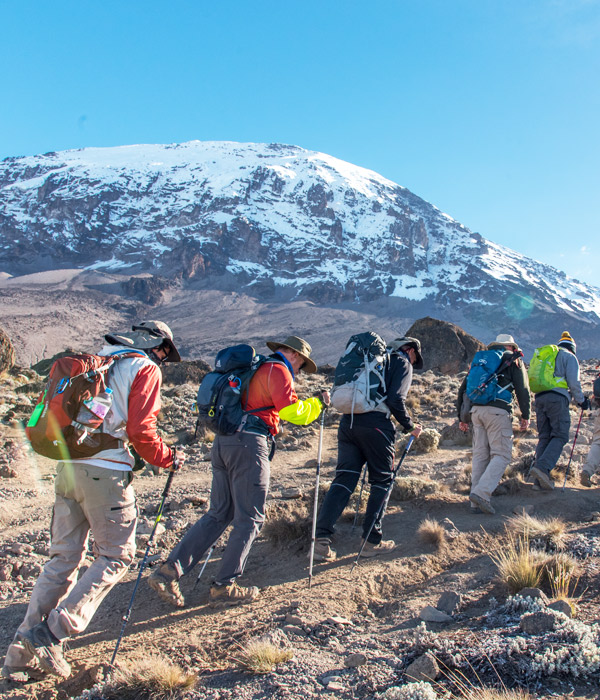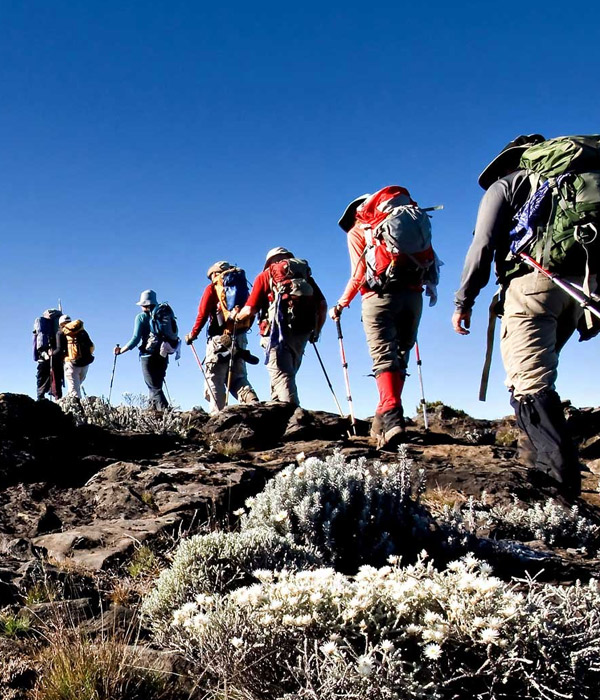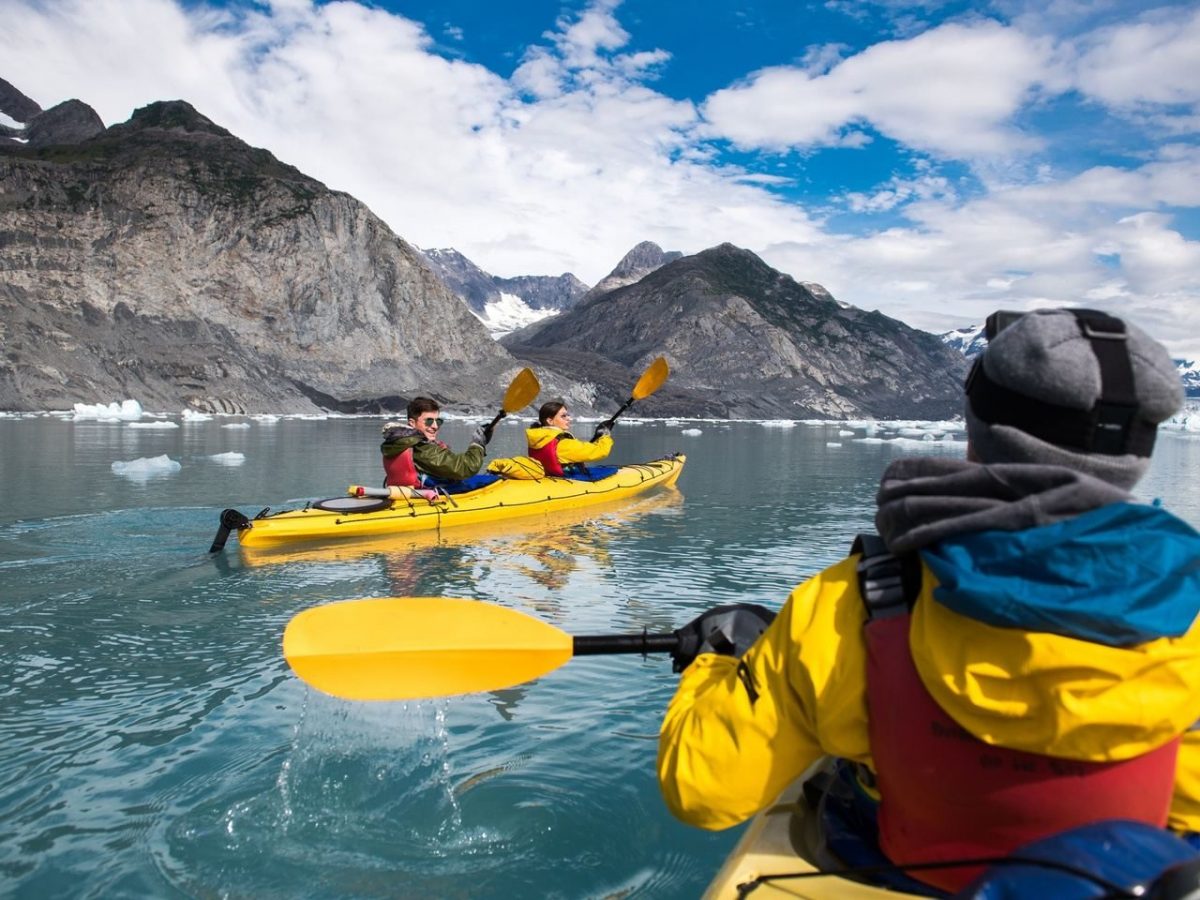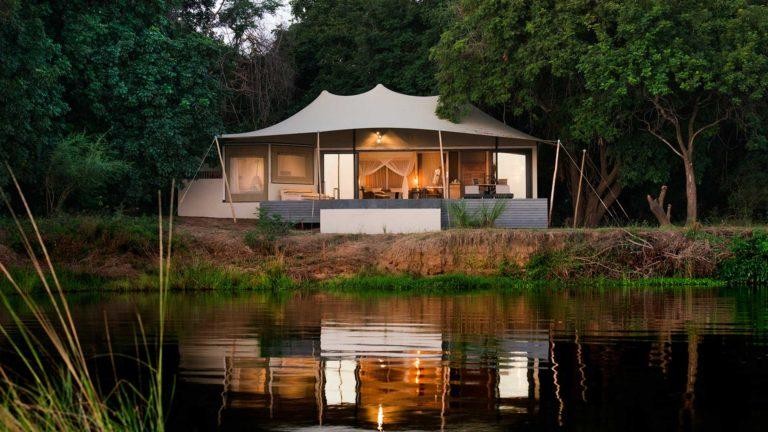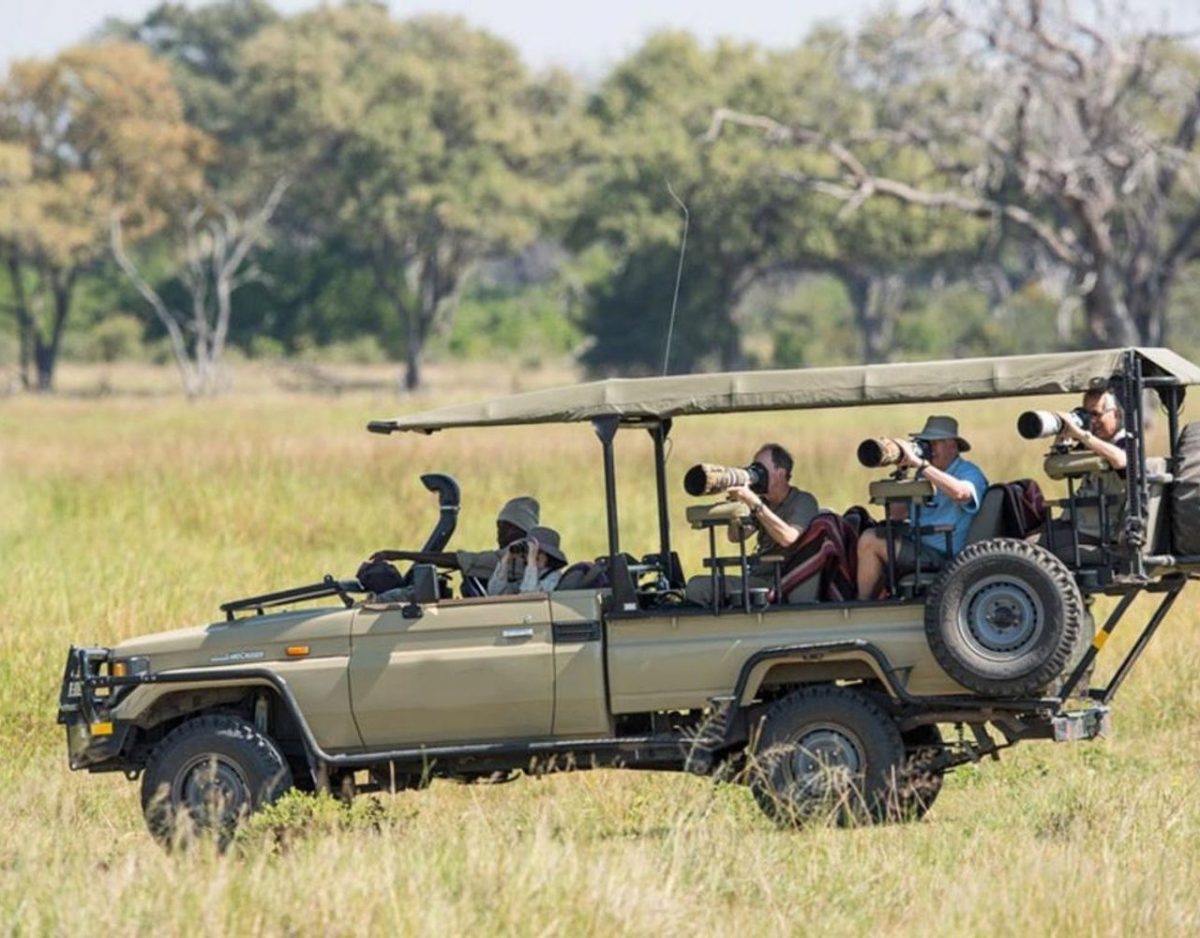Sleeping Bags on Kilimanjaro
No matter what time of year or season you want to climb Mount Kilimanjaro, a warm 4-season sleeping bag is a need. On the upper slopes of Kilimanjaro, you can count on freezing nights; if you don’t have a warm sleeping bag, you’ll be miserable and cold.
You’ll need to bring your sleeping bag or rent one through us. If you are getting your own, ensure it’s rated down to -18 Celsius (0 F).
Rent or Buy?
If you rarely travel to high-altitude or chilly areas, a top-quality winter sleeping bag can be a significant expenditure for only one trip. Check out the cost of our Kilimanjaro equipment rentals.
We suggest that you rent a sleeping bag appropriate for mountainous terrain. Unlike other operators, we regularly replace our sleeping bags and have them cleaned adequately after each climb.
We advise carrying a high-quality sleeping bag liner, preferably fleece, whether you rent or buy. As body oils and dust can harm the lining and weaken insulation, this keeps the sleeping bag clean. Additionally, when you ascend higher, it provides crucial warmth. An excellent choice is a Sea to Summit Reactor Fleece.
Sleeping Bag Suitable For Kilimanjaro
Make sure your sleeping bag has a minimum -18C, 0F rating. Make sure you have a 4-season sleeping bag, which can be down- or synthetic-filled, depending on your preferences, as a 3-season bag will need to be warmer.
For better insulation and prevention of cold spots which develop in your body, you can use recommended mummy-shaped sleeping bags. Insulated hook, neck baffle, and zipper that don’t allow air is the perfect type of sleeping bag you need.
Down or Synthetic
Down always wins for the best warmth-to-weight ratio. Down sleeping bags are warmer and more expensive than synthetically insulated sleeping bags, but they only work well when they become wet.
Although synthetic sleeping bags are frequently a little heavier than down-fill models, they dry out considerably faster and are better at repelling moisture. Both options are suitable for Kilimanjaro; however, if you decide on a down pack, have a tough, water-resistant compression bag to store it between camps.
Given that some people are allergic to duck and goose down, you can choose between down and synthetic sleeping bags when renting one.
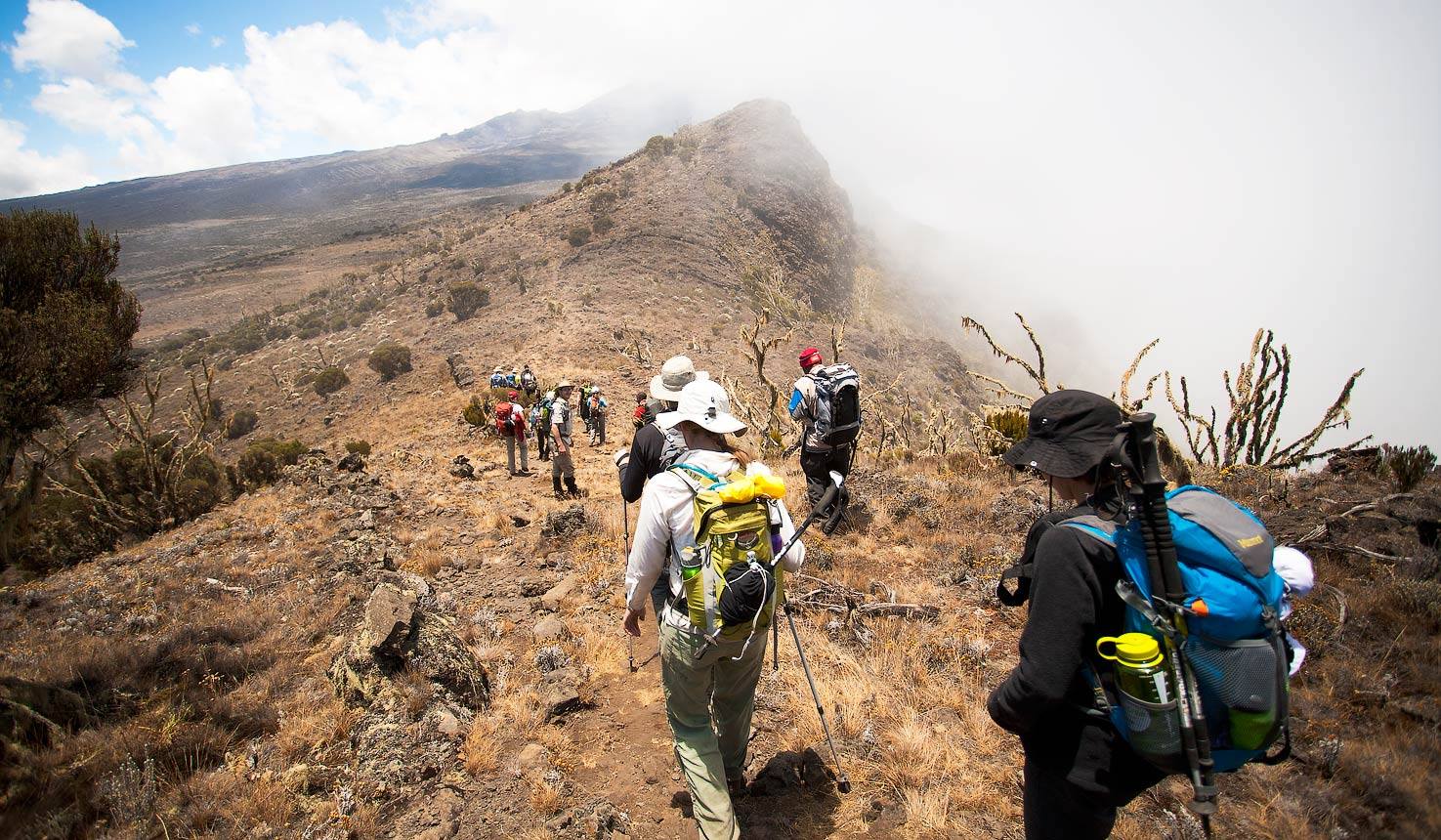
Fatigue, Cold & Altitude Considerations on Kilimanjaro
You may experience periodic breathing at night as you go to higher heights, as described in our Kilimanjaro guide to altitude sickness. If you have no other symptoms, you may experience what is known as Cheyne-Stokes breathing, which can be uncomfortable and bothersome and make it harder to fall asleep at higher elevations but is not harmful.
You may experience the cold more strongly if you’re tired. Staying warm at night is a priority, even if you are in the best physical condition possible, because you will be exhausted after a day on the path.
Aches and pains do not make a miserable camper. You’ll recuperate well from the trekking you did that day if you’re physically fit, which will help you sleep better at night.
Top Tips – Warm & Comfortable Night in Your Tent
Sleep System
Get your sleeping bag out of its compression sack and lay it on your sleeping mat as soon as you arrive at camp. As the air between the synthetic fibers or down feathers traps warmth, this allows the insulation to fluff up.
Condensation builds up and causes moistness, compromising the insulation; you must maintain your sleeping bag away from the sides of the tent.
Use a fleece sleeping bag liner for added warmth.
Sleeping Clothes
For sleeping, you must have a set of clothes. For comfort, wear a clean, warm base layer pair of socks. At higher camps, you will most likely wear more than one layer because your body heat is lost through your head, so it is necessary to wear a warm hat while sleeping.
Other Ways – Stay Warm and Comfortable On Kilimanjaro
You must avoid wearing wet clothes in a sleeping bag. Your sleeping bag will compromise the insulation properties of anything that causes dampness and moisture. You can fill the water bottle with hot water and use it in a sleeping bag as a foot or body warmer before retiring to your tent.
You must ensure you have eaten enough food with high calories to generate heat and recover from the day’s exertions because appetites can decrease at altitude. You can put your next day wearing clothes in the sleeping bag so that they get warm for the next day when you wear them.
You can bring earplugs with you if you are a light sleeper. But, mostly, you will be awake due to the noisy wind at Barafu camp.
Visit the Toilet before Bedtime
Nothing is worse than wanting to use the restroom in the middle of the night while still warm and comfy in your sleeping bag! Do not wait until you are perched on the mountainside to address your sleeping issues if you are aware of them. Sleeping drugs should be avoided since they may impair your capacity to adjust.
There is no need for camping to be uncomfortable because it is an essential component of the alpine experience. If you detest sleeping in a tent, the Marangu route offers cabins with shared beds.
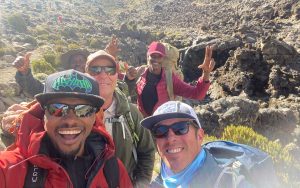
Best Route To Climb Kilimanjaro
Kilimanjaro is a challenging mountain with many different routes to choose from. But, with Good Earth
Expedition, your difficult route can be easy and enjoyable!
Best Place Destinations
We provide some very affordable prices compared to others.


